More Than Just Pretty Rocks: A Practical Guide to Using Stones for Focus
I’ve spent more than two decades working with minerals—everything from digging for rough stones in muddy fields to cutting gems in my own workshop. And in all that time, I’ve noticed one thing that never changes: people are just drawn to the solid, tangible beauty of natural stones. Lately, though, the questions I get are a bit different. People want to know if holding a rock can actually help with anxiety and stress. I’m a gemologist and a craftsman, not a therapist, so I can’t speak to the medical side of things. But I can absolutely share what I know about the physical nature of these minerals and how people use them in a practical, down-to-earth way.
In this article
- Why This Actually Works (It’s All About Sensory Input)
- How to Not Get Ripped Off: A Buyer’s Guide
- Your First Grounding Kit: A Simple Shopping List
- How to Start: Your First 5-Minute Practice
- A Practical Look at Five Great Starter Stones
- Quick Tips on Cleaning and Care
- Beginner’s FAQ: Your Questions Answered
- Inspiration:
Let’s be clear: this isn’t about magic. It’s about psychology. It’s about using a physical object to anchor your thoughts when they start to fly off in a million directions. The cool, smooth surface of a stone in your palm can be an incredibly powerful focal point, pulling your awareness back to the here and now. Think of it as a tool for mindfulness, not some supernatural cure. The goal here is to build a simple, personal practice that helps you find your center.
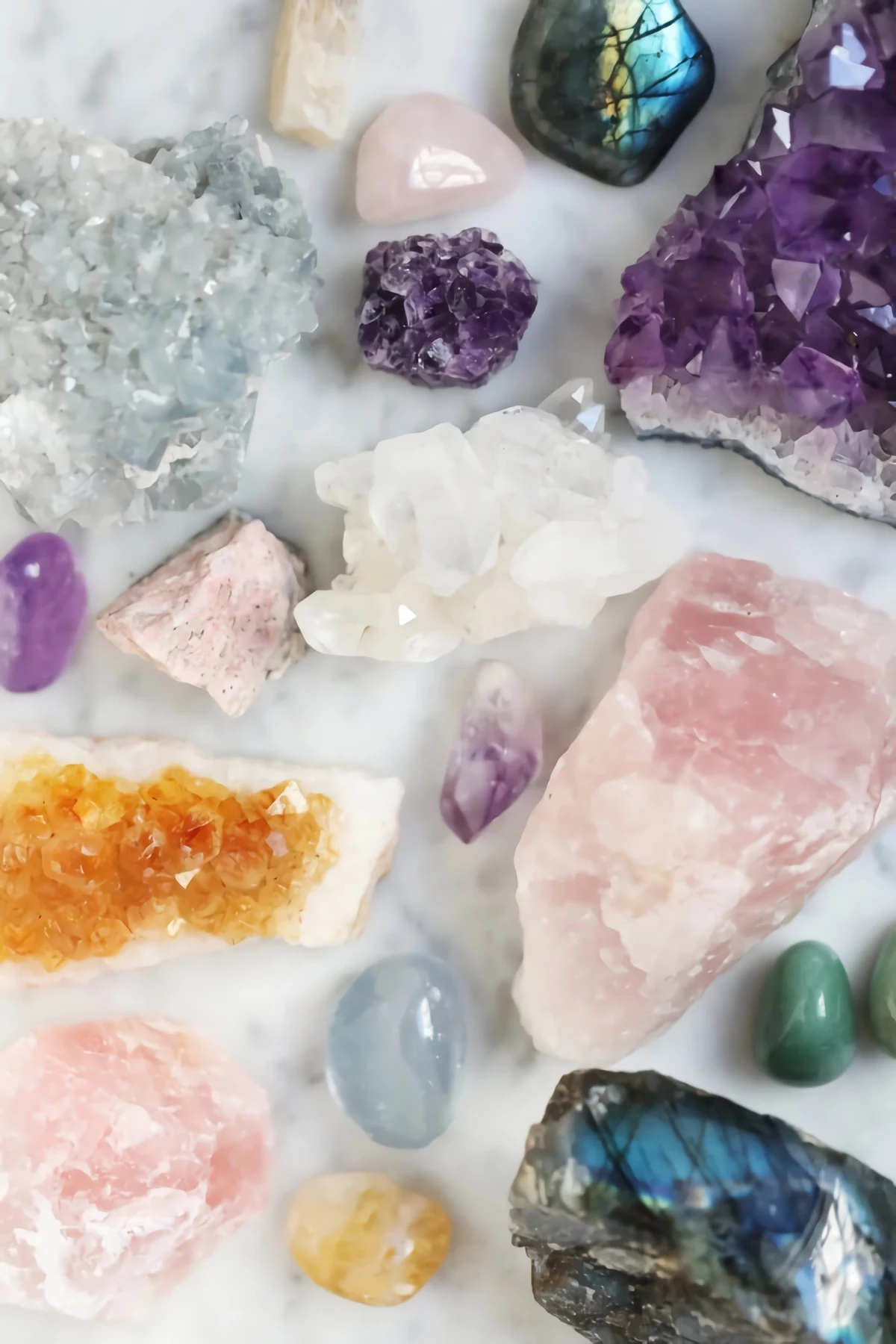
Why This Actually Works (It’s All About Sensory Input)
Before we get into specific types, it helps to understand what you’re holding. Most of the stones we’re talking about are single minerals, which means they have a highly ordered internal structure of atoms. This gives them very consistent physical properties, unlike a rock like granite, which is just a jumble of different minerals.
You might have heard of something called piezoelectricity. It’s a real, measurable effect you find in minerals like quartz and tourmaline. When you squeeze them, they generate a teeny-tiny electrical voltage. While that charge isn’t going to fix your problems, it’s a cool reminder that these are active, physical objects. Honestly, it just helps move the conversation away from mysticism and into the realm of physics.
But what’s way more important for daily use are the stone’s sensory qualities. Its weight, temperature, and texture are the real keys here. Most minerals are much denser than man-made stuff like plastic or glass, so they feel substantial and real in your hand. They’re also great thermal conductors, which is why they usually feel cool to the touch—they’re literally pulling heat away from your skin. Those tangible sensations are what your mind can grab onto when your thoughts are racing.
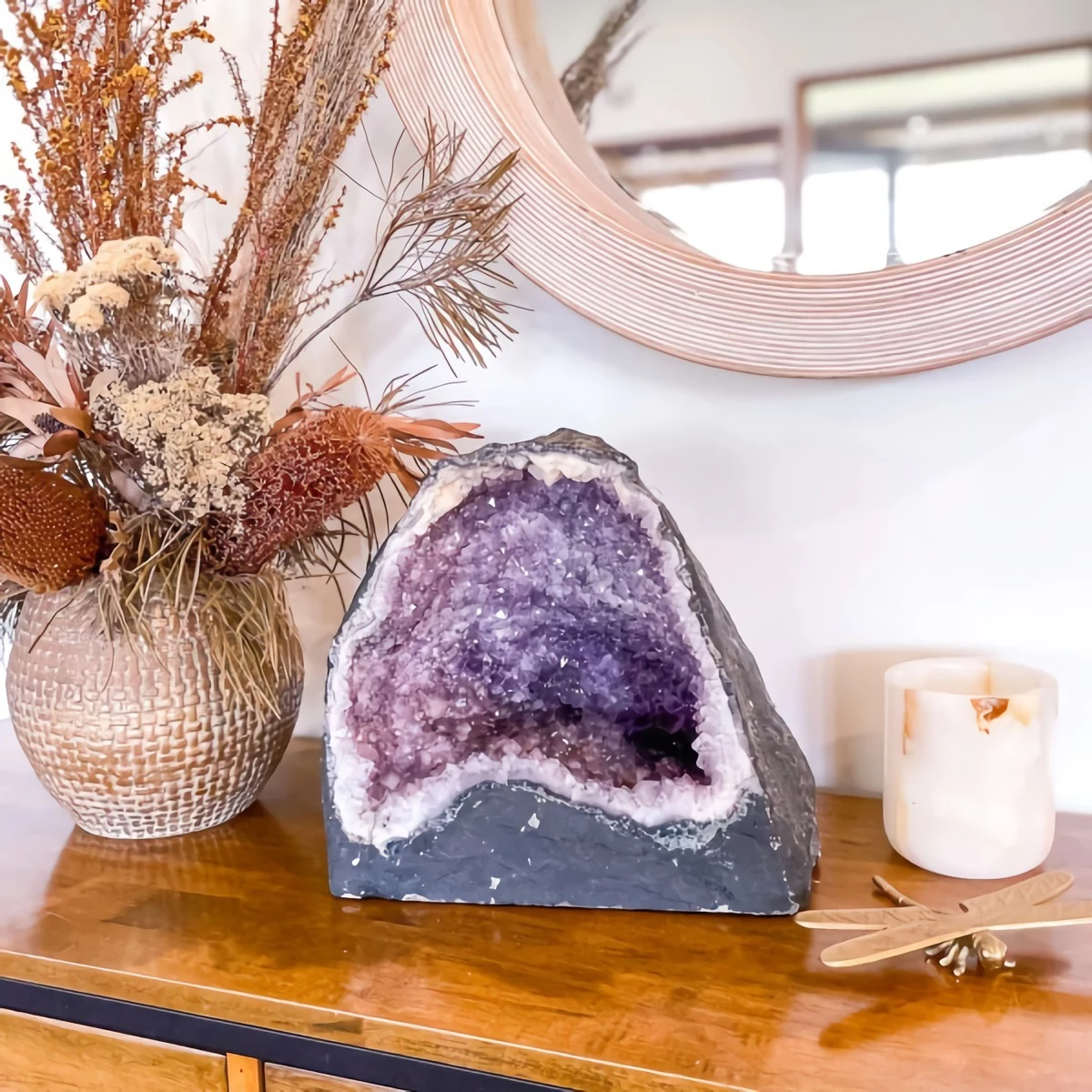
How to Not Get Ripped Off: A Buyer’s Guide
Walking into a gem show or a rock shop for the first time can be a lot. As someone who has sourced and sold minerals for years, I can give you the inside scoop on what to look for. Authenticity really does matter here, because a cheap piece of dyed glass just won’t have the same weight or thermal properties as a genuine stone.
Heads up! The market is flooded with fakes and altered stones. Here’s what I tell people to watch out for:
- The Citrine Switcheroo: Real, natural citrine is a soft, smoky yellow and kind of rare. Most of the bright, flashy orange “citrine” you see is actually amethyst that’s been baked in an oven at high temperatures to change its color. It’s still quartz, but it’s been altered. A good dealer will just tell you it’s heat-treated amethyst. There’s nothing wrong with it, as long as you’re not paying the premium price of natural citrine.
- Spotting a Dye Job: Porous, chalky minerals are often dyed to look like more expensive stones like turquoise. A quick trick is to look closely with a magnifying glass—you can sometimes see the color concentrated in tiny cracks. If you’re really suspicious, a cotton swab with a bit of acetone (nail polish remover) wiped on a hidden spot will often pull the dye right off.
- Glass vs. Stone: Glass is a super common stand-in. The biggest giveaway? Tiny, perfectly round air bubbles inside. You might need a jeweler’s loupe (you can get one online for like $10) to see them. Natural stones have inclusions, but they look like tiny fractures, specks, or threads. Also, glass feels lighter and warms up in your hand way faster than a real stone.
A quick word on price: Don’t overpay! For common tumbled stones like the ones we discuss below, you should expect to pay between $3 and $10 for a small, pocket-sized piece. A larger, palm-sized stone might run you $15 to $30. If someone is charging a fortune for a basic tumbled stone, walk away.
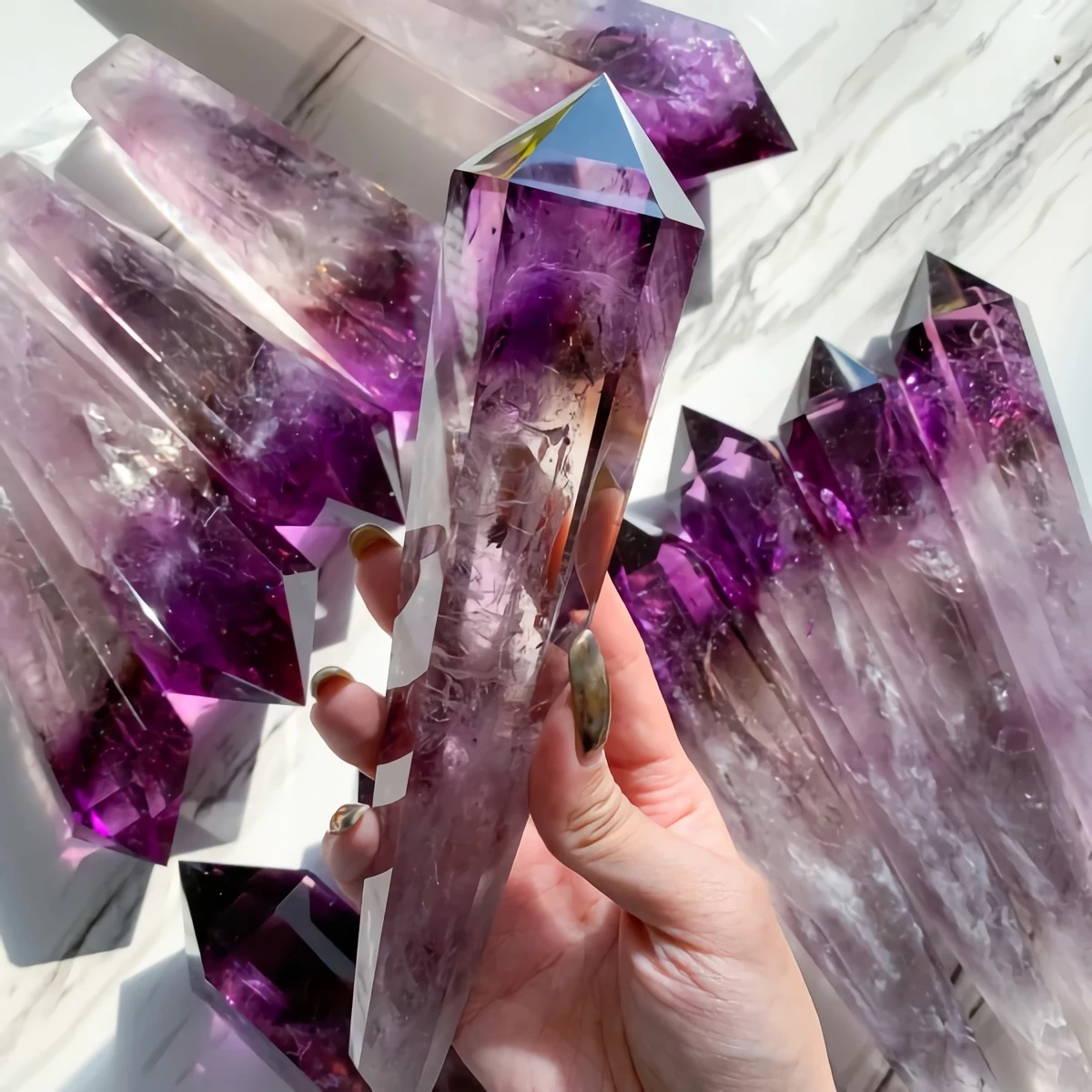
Your First Grounding Kit: A Simple Shopping List
Ready to give this a try? You don’t need much. Here’s a simple, budget-friendly kit to get started.
- One Tumbled Stone: Pick one that feels good to you. This is your pocket piece for on-the-go moments. (Cost: $3 – $10)
- One Palm Stone: This is a larger, smooth, disc-shaped stone that fits comfortably in your palm. It’s perfect for at-home practice. (Cost: $15 – $25)
- A Jeweler’s Loupe (Optional): If you enjoy the details, a 10x loupe is a fantastic tool for looking at the inner world of your stones. It’s a great way to connect with them on a different level. (Cost: $8 – $15 on Amazon or at a hobby shop)
How to Start: Your First 5-Minute Practice
Okay, you’ve got a stone. Now what? It can feel a little awkward at first. Here’s a super simple exercise to begin.
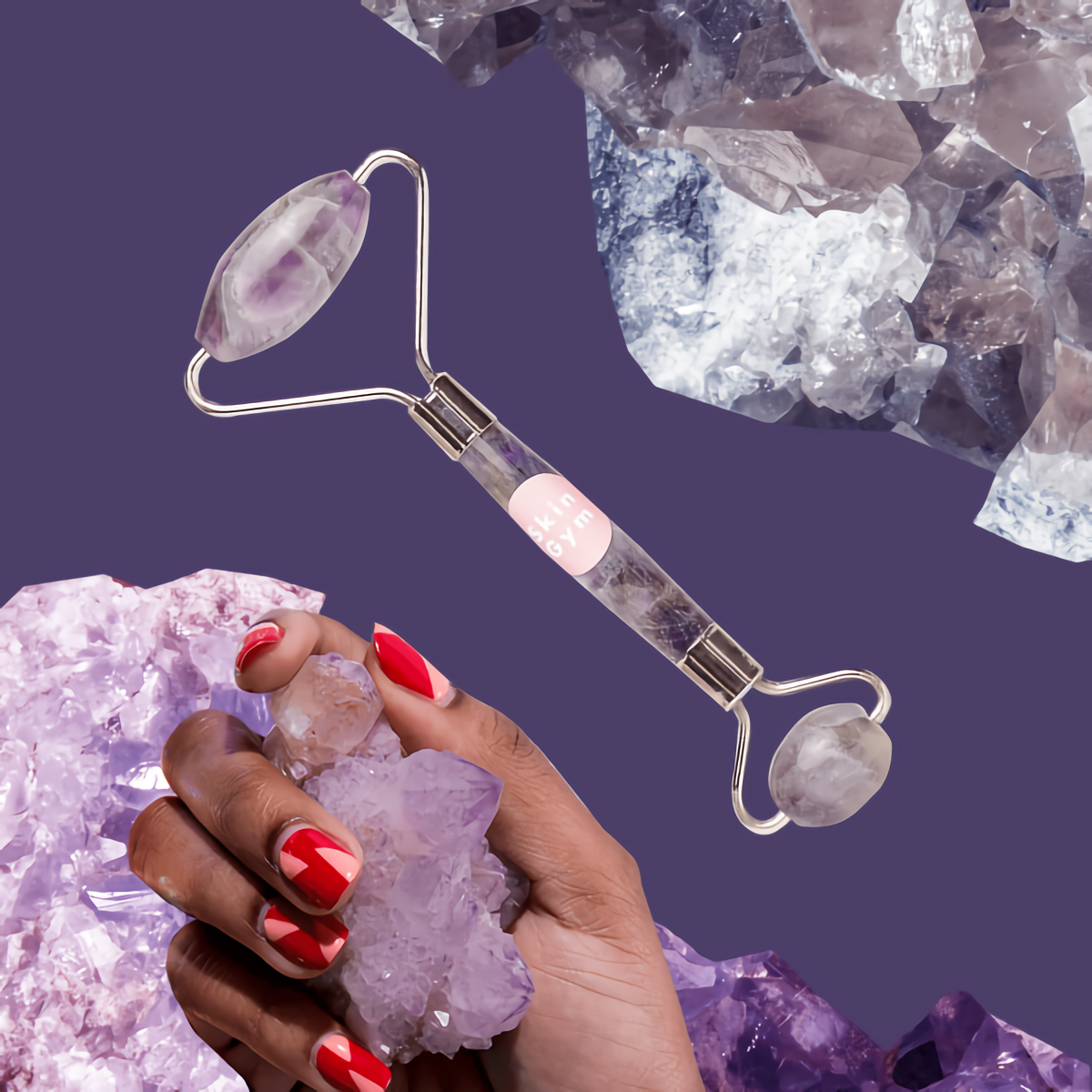
- Find a quiet spot. Sit down, close your eyes if you’re comfortable, and take a few deep breaths.
- Hold the stone in your hand. Don’t do anything with it yet. Just feel its presence. Notice its weight. Is it heavy or light? Notice its temperature. Is it cool against your skin?
- Explore it with your sense of touch. Now, slowly trace the surface with your thumb. Feel every little contour, every smooth patch, every tiny imperfection. For the next 3 to 5 minutes, your only job is to feel this stone. If your mind wanders (and it will), just gently guide your focus back to the sensation of the stone in your hand.
That’s it. That’s the whole practice. It’s a workout for your attention span.
A Practical Look at Five Great Starter Stones
Let’s break down five common stones, focusing on their physical qualities and how you can use them.
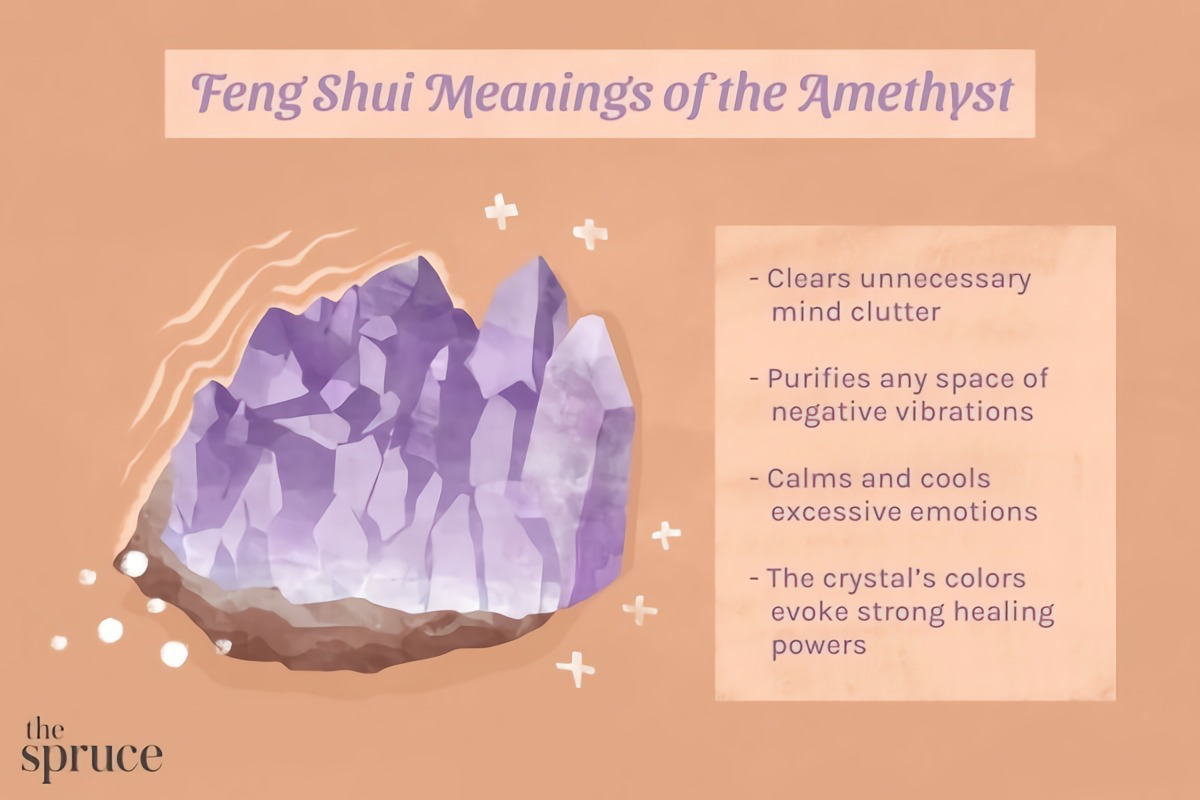
1. Amethyst
This is the classic purple variety of quartz. It’s quite durable, with a hardness of 7 on the Mohs scale, so you don’t have to worry about it getting scratched in your pocket. Its purple color, which comes from iron, is psychologically linked to calm and rest. When you feel your thoughts getting jumbled, grab a piece of amethyst. Spend a few minutes just focusing on its smooth, polished surfaces or, if it’s a raw piece, the interesting sharp edges and glassy textures. It gives your brain something simple and concrete to focus on.
2. Rose Quartz
Also a type of quartz, this stone’s soft pink color is usually caused by microscopic mineral fibers, which is why it’s almost always cloudy. When I cut it, it takes on an almost waxy, slightly greasy luster that feels amazing to the touch. It’s known as the stone of self-compassion, so let’s make that practical. Many of us struggle with a harsh inner critic. Try this: The next time you catch yourself in a negative thought loop, pick up your rose quartz. Before you let the thought spiral, just focus on how uniquely smooth it is for 30 seconds. That’s the practice. The stone is your physical cue to pause and break the cycle.
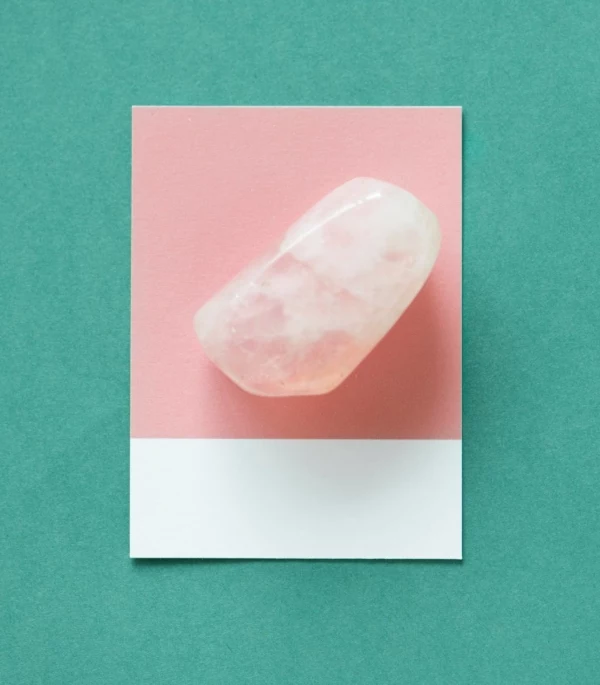
3. Aquamarine
This is the blue-green variety of the mineral beryl (the same family as emerald). It’s harder than quartz, making it great for everyday handling. Its name literally means “water of the sea,” and its color taps right into that calming mental image. By the way, this stone is a fantastic thermal conductor, so it often feels noticeably cooler to the touch than quartz. If you’re feeling emotionally “hot” or agitated, holding a piece of aquamarine can be physically soothing. Close your eyes for a couple of minutes and let the cool sensation anchor you while you imagine a calm ocean or a cool stream.
4. Tiger’s Eye
This one is a personal favorite because of how it forms. It’s quartz that has replaced a fibrous mineral, preserving its thread-like structure. These tiny parallel fibers are what create the chatoyancy—that shimmering, cat’s-eye effect that moves across the surface as you tilt it. From a craftsman’s view, cutting Tiger’s Eye is all about getting that orientation right to maximize the visual effect. For grounding, this visual shimmer is your focal point. Slowly turn the stone in the light and watch the band of light move back and forth. It’s a captivating, silent show that can easily quiet a busy mind for a few minutes.
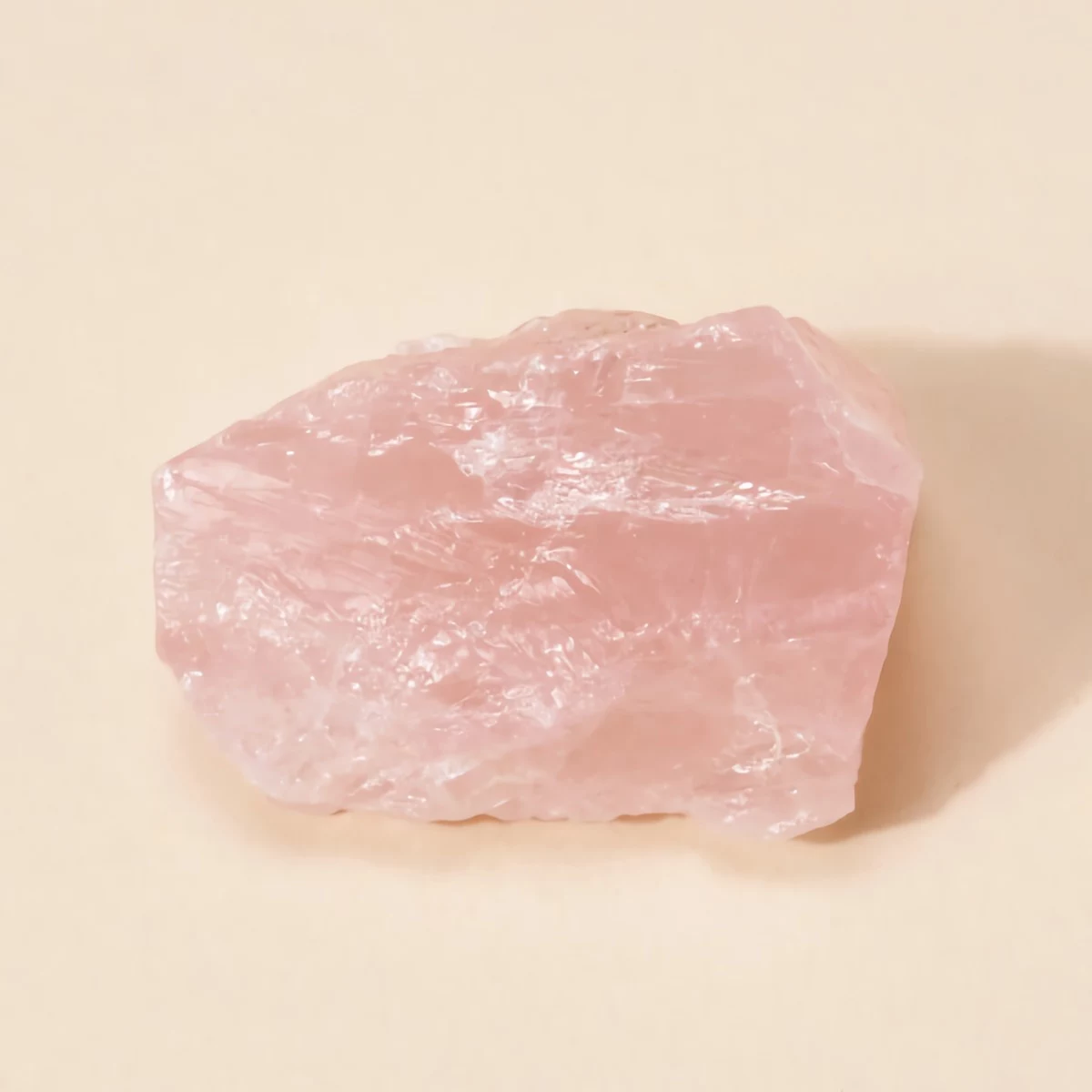
5. Black Tourmaline
If you want a stone that feels protective and incredibly solid, this is it. Black Tourmaline is known for its deep, inky black color and often forms in long crystals with distinctive vertical striations, or lines, running down their length. These lines are a huge part of its appeal. Running your thumb up and down these natural grooves is an incredibly satisfying and grounding tactile experience. It’s a dense mineral, so it feels reassuringly heavy in your hand. Think of it as a pocket-sized anchor; its weight and texture are perfect for moments when you feel untethered.
Quick Tips on Cleaning and Care
People always ask if they need to clean or “charge” their stones. Let’s keep it simple.
For physical cleaning, a little soap and water are fine for hard stones like quartz, beryl, and tourmaline. Just give them a gentle scrub with a soft toothbrush and rinse well. As for “charging” in the sun or moonlight? I see this as a ritual for you, not for the stone. Think of it as a way to mentally reset your own intentions. Placing your stone on a windowsill for a while can be a mindful moment for you to decide, “Okay, from now on, I’m going to use this as my reminder to be patient.” It’s about programming your own mind, not the mineral.
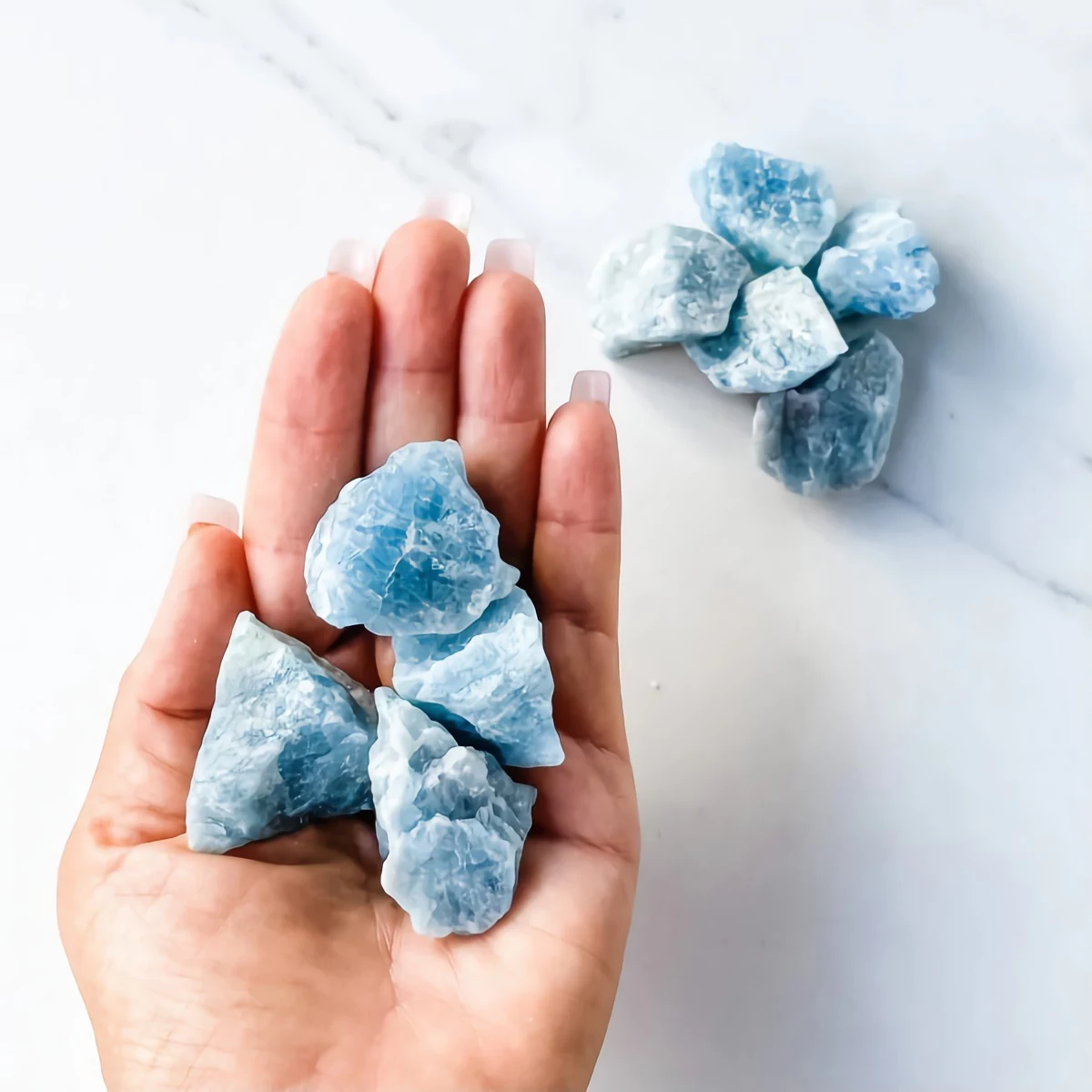
Beginner’s FAQ: Your Questions Answered
How big should my stone be?
For your pocket, something small and smooth, about an inch long, is perfect. For at-home use, a palm-sized stone that fits comfortably in your hand is ideal. It’s all about what feels right to you.
Can I carry more than one at once?
Sure, but I’d suggest starting with one. The goal is to build a connection and a habit with a single tool. Once you’re used to it, you can carry whichever ones you like.
What if I don’t ‘feel’ anything?
Totally normal! You’re not supposed to feel a magical zap. The “feeling” is the physical sensation of coolness, weight, and texture. It’s about what you can observe with your senses. The practice is in the focusing, not in a mystical energy. Give it time and be patient with yourself.
Inspiration:
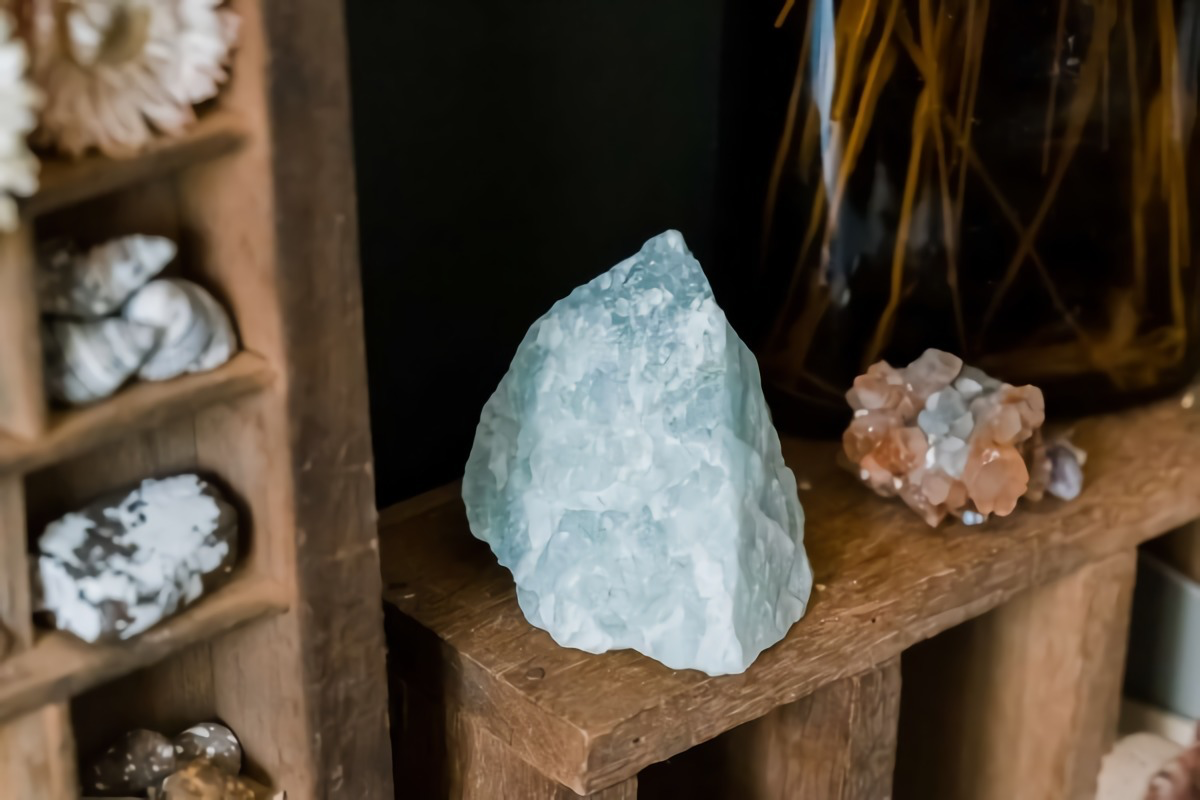
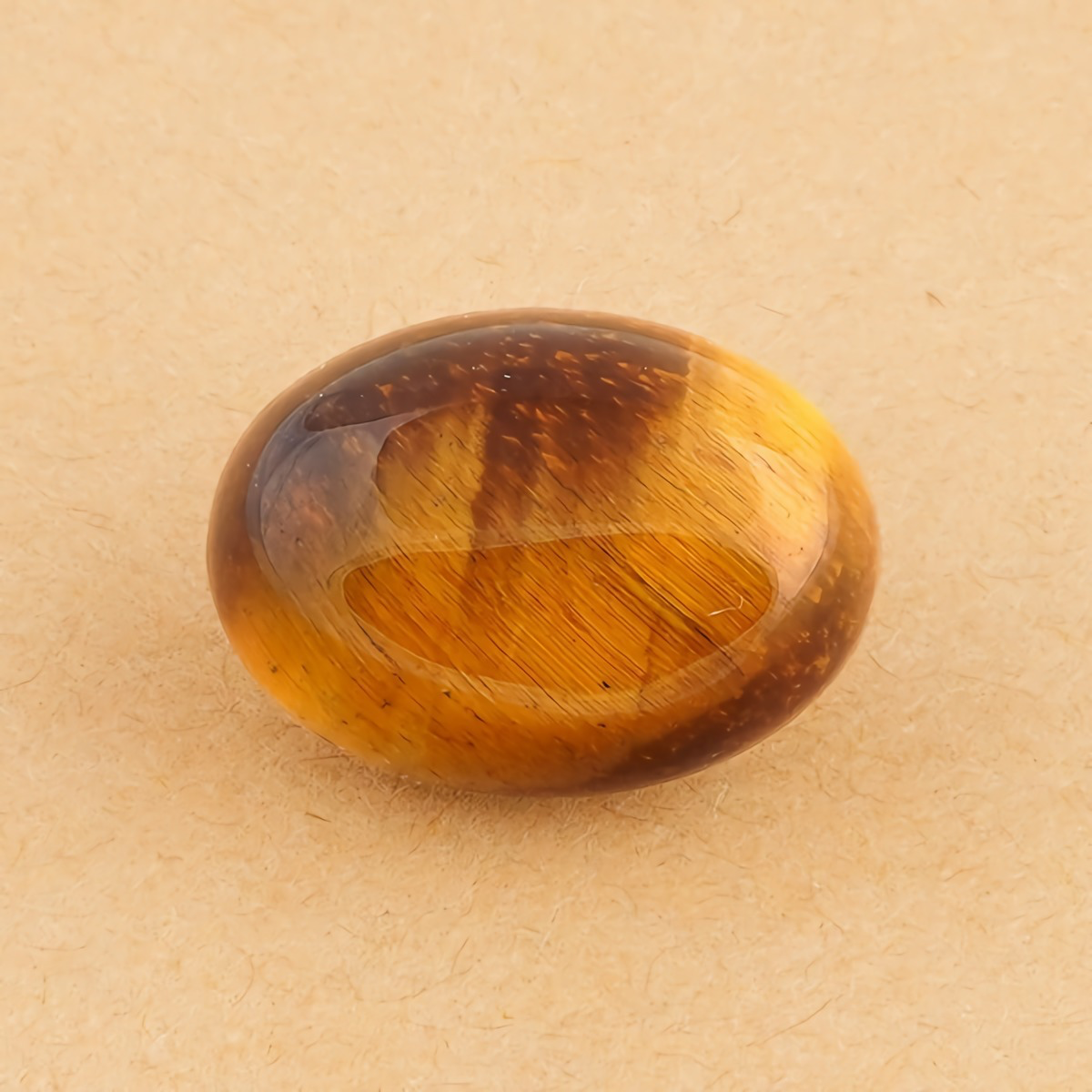
Is a raw, natural stone better than a smooth, tumbled one?
Neither is “better,” they just offer different sensory experiences. A tumbled stone, like a polished rose quartz, provides a consistent, cool smoothness that’s predictable and soothing. A raw stone, such as a piece of black tourmaline with its natural striations, offers a more complex and varied tactile landscape. Its edges and rough surfaces demand more of your attention, which can be highly effective for pulling you out of a spiral of anxious thoughts.

- Palm Stone: Smooth, flat, and oval, it’s designed to fit perfectly in your hand. Ideal for discreetly rubbing with your thumb during a meeting.
- Sphere: The continuous smooth surface is perfect for rolling between your palms, offering a repetitive, calming motion.
- Raw Cluster: Not for holding, but for your desk. The complex, varied surfaces of a raw amethyst cluster provide a visual anchor to rest your eyes on.
The secret? Matching the form to the function you need in the moment.
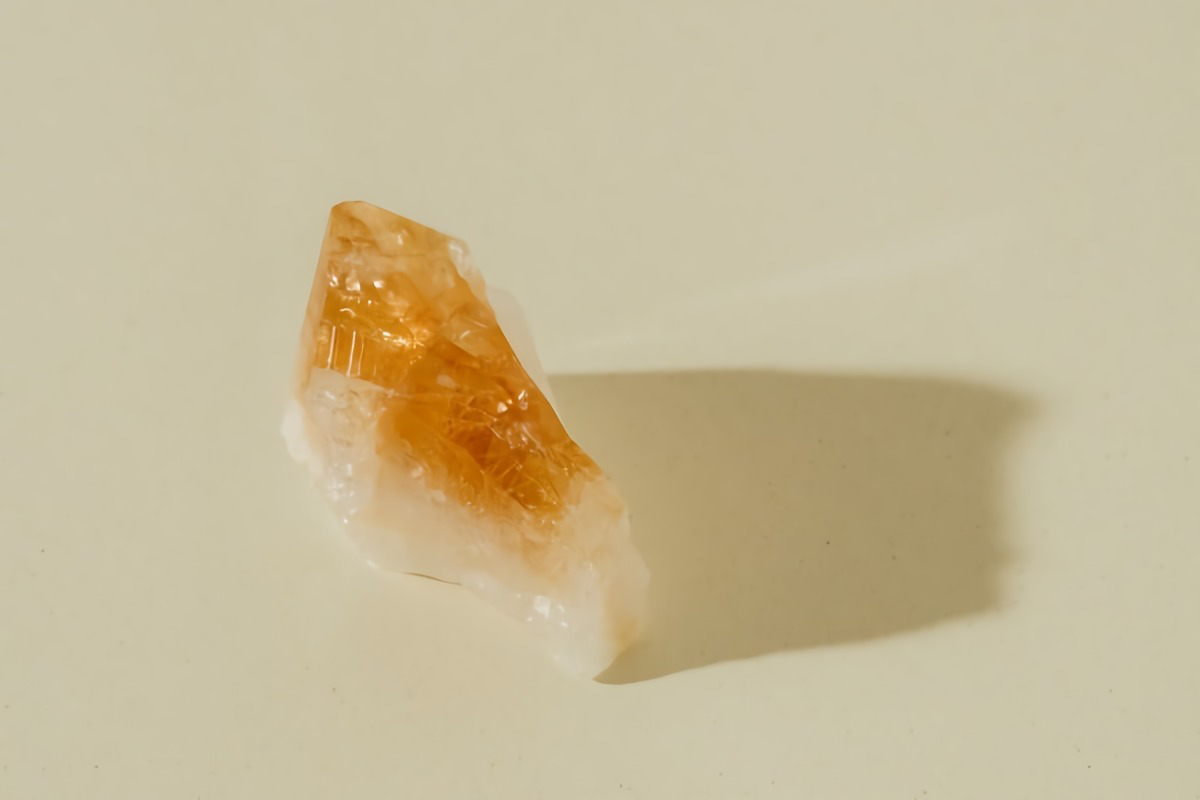
The sense of touch is the very first to develop in the human embryo, fully formed by just 8 weeks.
This primal connection to tactile sensation is why a focus stone works so effectively. It bypasses complex thought and taps directly into a fundamental part of our nervous system. Holding a cool, solid object is a deep-seated, non-verbal way of communicating safety and presence to your own brain.
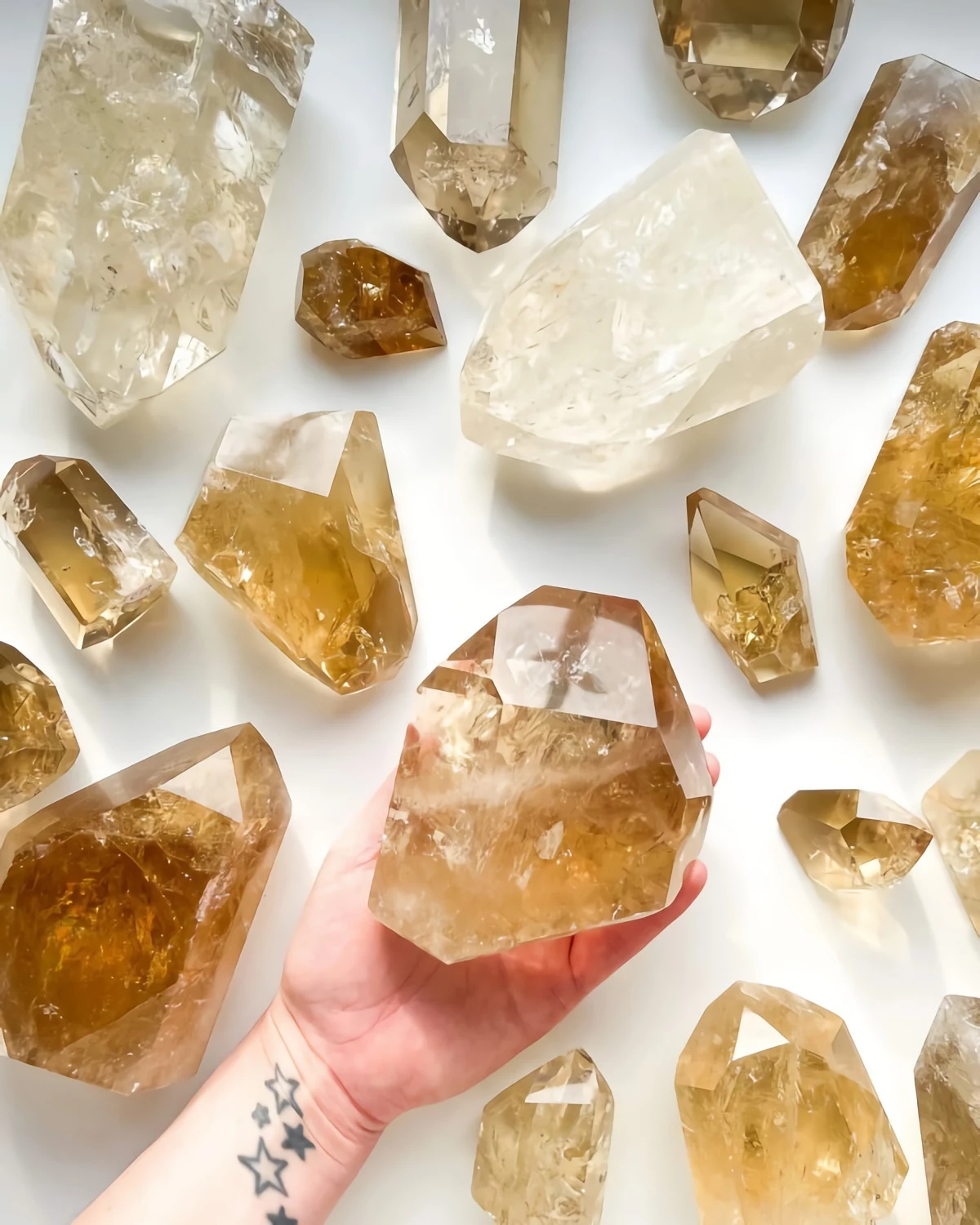
For a feeling of weight and grounding: Try Hematite. This iron-oxide mineral is surprisingly dense and heavy for its size. Its metallic luster and substantial feel can provide a powerful physical anchor.
For a feeling of soft, cool lightness: Consider Howlite. It’s a much lighter, more porous stone, often with a marble-like appearance. Its surface feels almost chalky-smooth and is exceptionally cool to the touch.
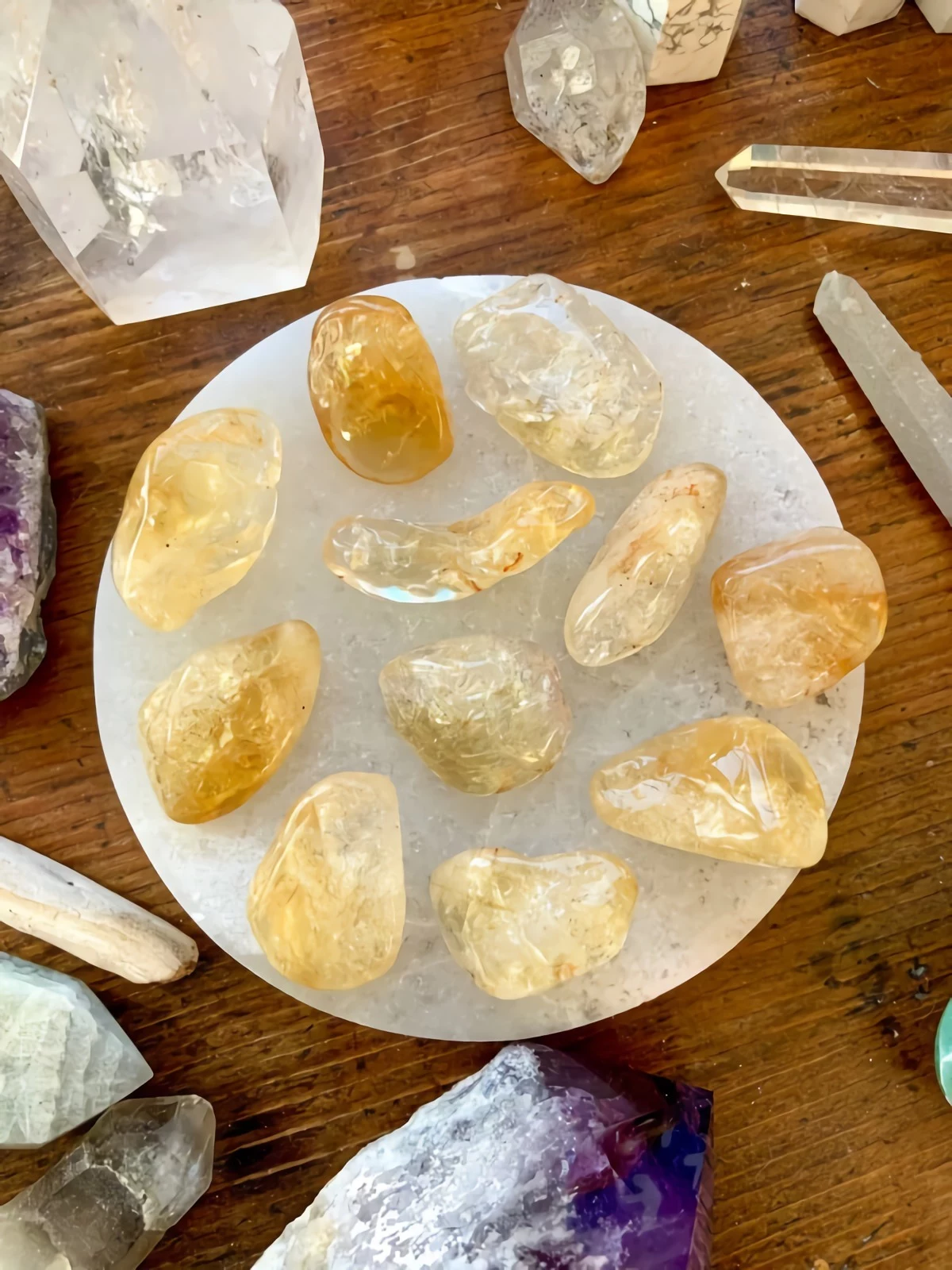
Consider creating a small ‘sensory station’ on your desk or nightstand. It doesn’t need to be elaborate. A simple ceramic dish or a small wooden tray, perhaps from a brand like Muji, can hold your chosen stones. Pairing a smooth, dark river stone with a textured piece of raw selenite creates a pleasing visual and tactile contrast that invites a moment of mindful pause during a busy day.

“In a world of constant change and flux, the stone is a symbol of slowness, of stillness, of permanence. It’s a tangible piece of geological time.” – A perspective from a field geologist.
Reset your focus tool: Just as you’d clean your glasses for a clearer view, periodically rinse your stone under cool water and pat it dry with a soft cloth. This isn’t a mystical ritual; it’s a practical step to remove skin oils and restore its natural cool, tactile surface for a fresh sensory start.










